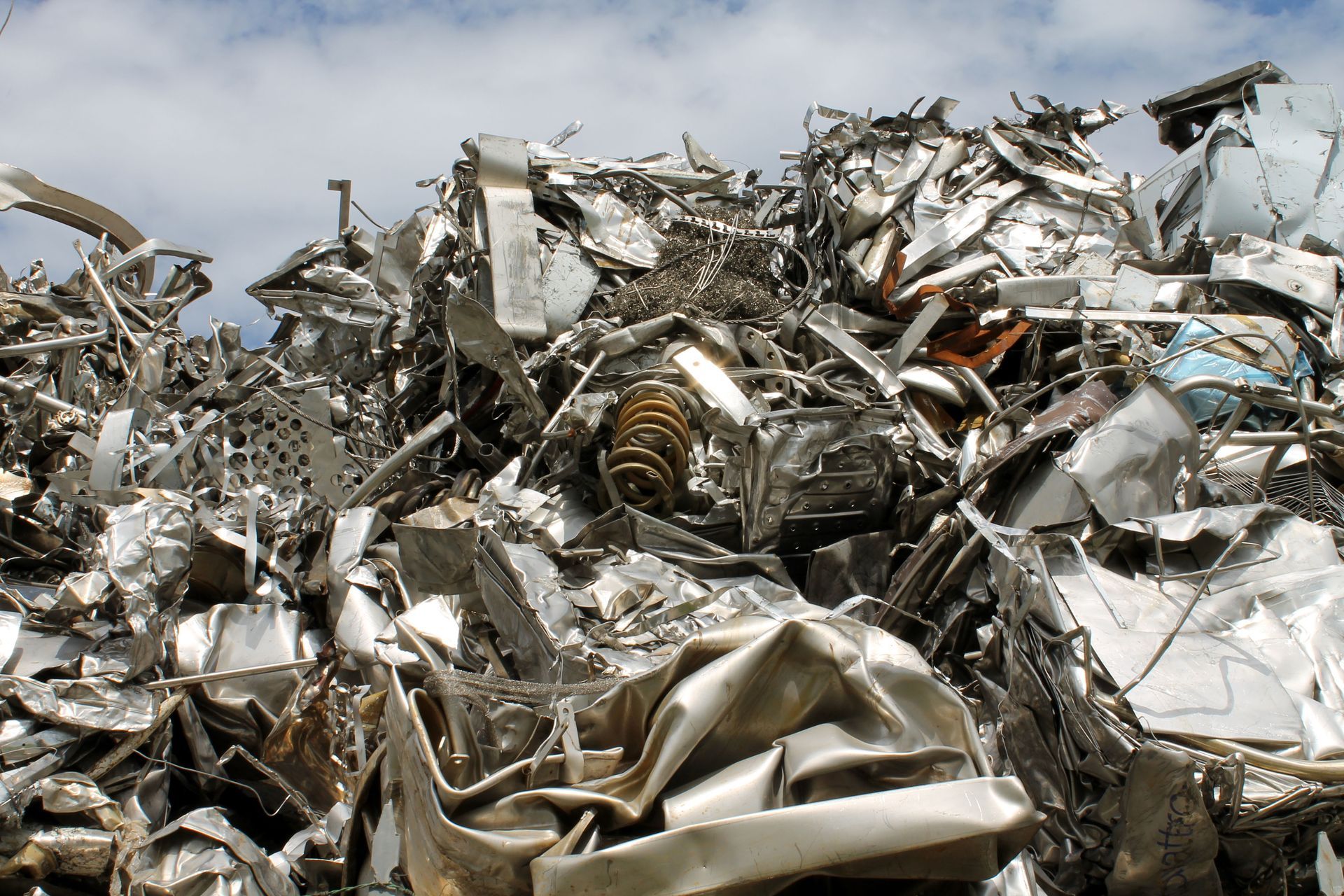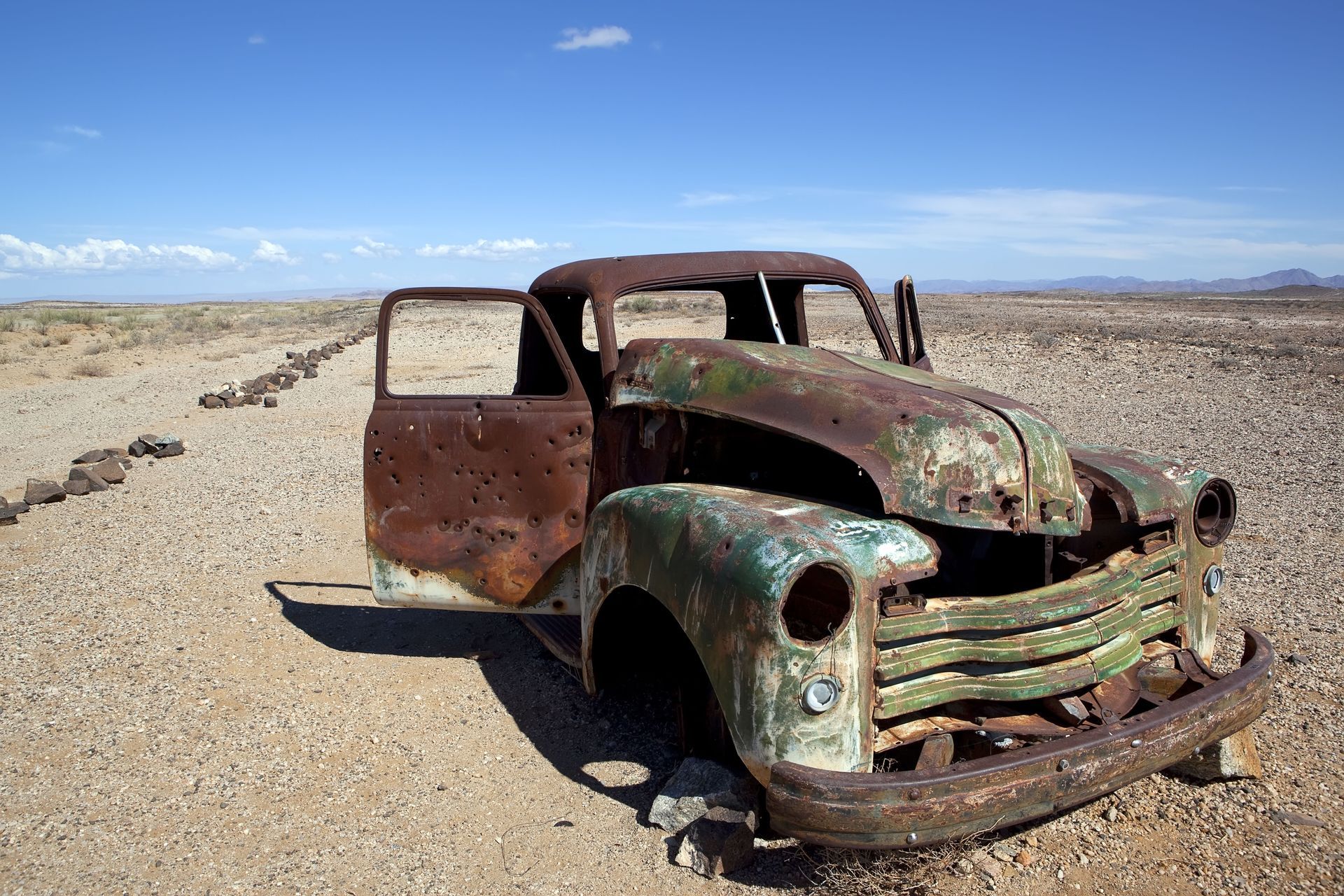What Happens to Your Scrap Metal After It’s Recycled?
Have you ever wondered what happens to your scrap metal once you've tossed it into that metal recycling bin? The journey of recycled scrap metal is a fascinating process, marked by sorting, melting, and molding these metals into new products. Let's explore how different metals are treated during the recycling process and understand why recycling scrap is so vital for both environmental sustainability and economic efficiency.
Consider the Sorting Process
The first stop for your scrap metal is a metal recycling facility, where the sorting process begins. Metals are categorized into two primary types: ferrous and non-ferrous. Ferrous metals contain iron and are magnetic, whereas non-ferrous metals do not contain iron. Non-ferrous metals, such as aluminum, copper, and brass, only constitute 10% of the recycled scrap by volume, but they generate a whopping 50% of the industry's revenue, according to FinanceBuzz, due to their higher market value. This economic dynamic plays a crucial role in incentivizing the recycling of non-ferrous metals.
Ensure Cleaning to Remove Impurities
After sorting, the metals are cleaned to remove any impurities. During the cleaning stage, various methods are used depending on the type of metal. For instance, aluminum might go through electrolysis, while steel is often heated to separate impurities. This meticulous cleaning process ensures that the final recycled product is as pure and high-quality as possible. The cleaner the metal, the higher its market value, which is both an environmental and economic victory.
Consider the Melting of Metals
Once cleaned, metals are melted in large furnaces, each set to the requisite temperature for the specific type of metal. This melting transforms the solid scrap into liquid form, making it easier to mold into new shapes. For example, aluminum can be refashioned into anything from beverage cans to airplane parts. This cyclical process not only conserves natural resources but also reduces the energy required to produce new metals from raw materials. Consequently, metal recycling supports a sustainable ecosystem by conserving resources and reducing emissions.
The recycling of scrap metal involves a sophisticated journey of sorting, cleaning, and melting. Each step plays a pivotal role in transforming old materials into new products, touching on both economic and environmental wins. By understanding what happens to your scrap metal after it's recycled, you can appreciate the critical importance of metal recycling, as well as its broader impact on creating a sustainable future. If you're looking metal recycling services, contact Wauconda Recycling Center today.



Share On: